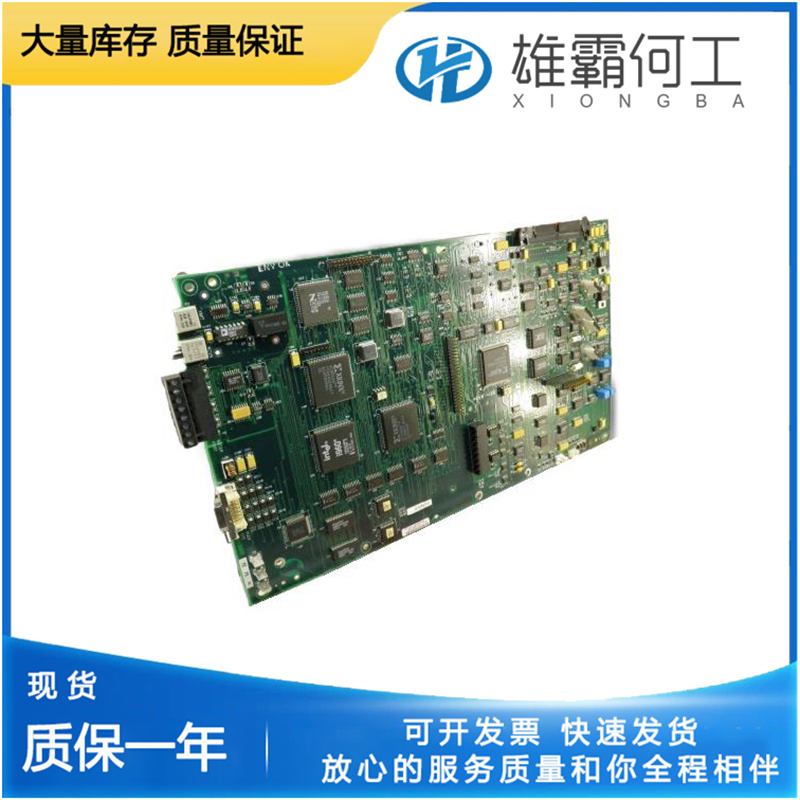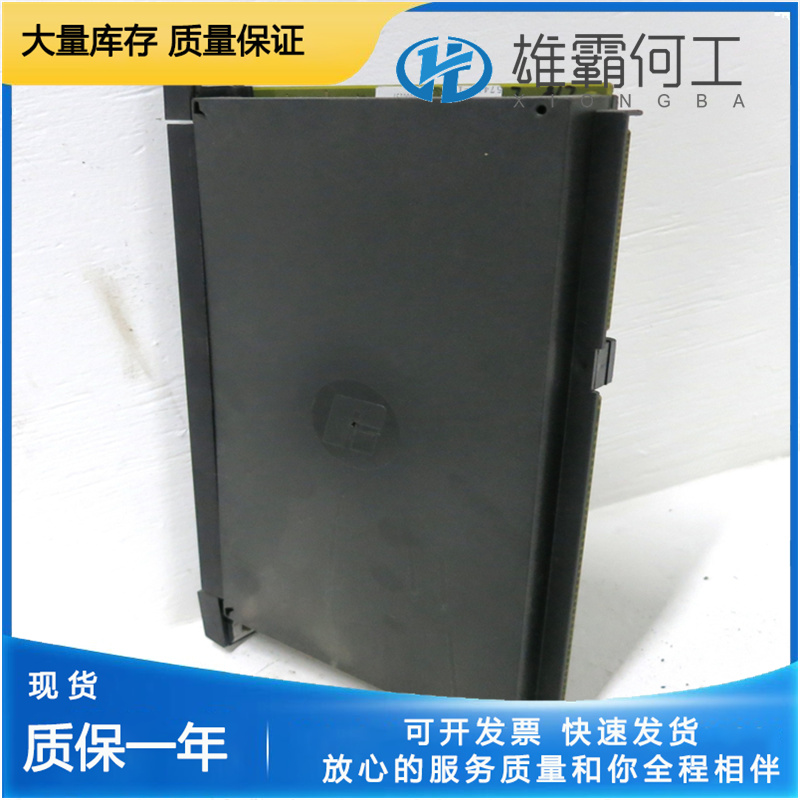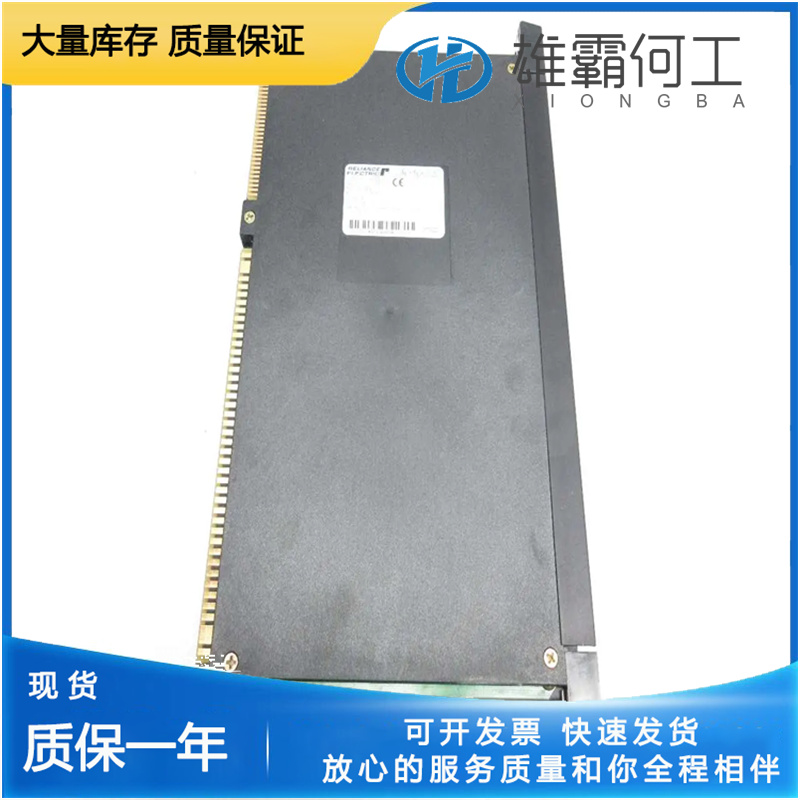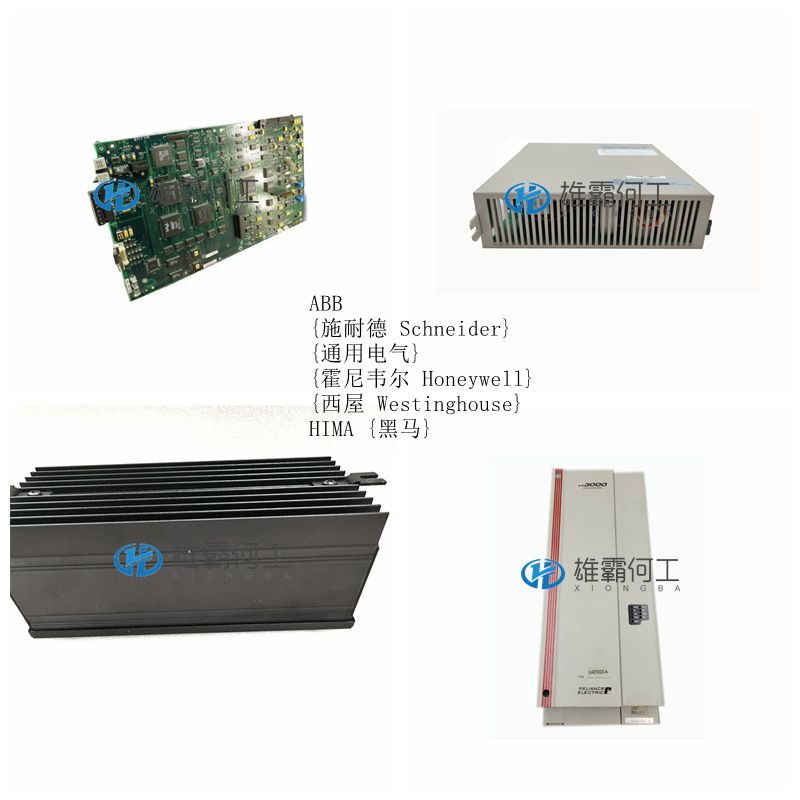RELANCE 0-60007-2 控制模块
DCS系统的接地示意图 57421 DCS接地是一个很复杂的问题,涉及到接地地点,接地方式,接地电阻大小等从现场到DCS机柜的诸多节点和环节。但日常对DCS的常规检查主要有几个方面: 1、DCS机柜应采用单点接地方式,检查是否有可能导致多点接地的地方出现,比如机柜与槽钢的接触,接地点是否为单条引下线(线径大于16mm2,长度小于30米)到地桩或地网,部件连接(或焊接)点是否良好(锈蚀)等。57421 检查DCS接地点与电气地或避雷针引下线接地是否共用,距离是否符合要求,一般情况要求DCS接地与电气地距离15米以上,与避雷针接地点15米以上。57421 测量DCS系统接地电阻是否小于4欧姆。接地电阻的大小与很多因素相关,如接触良好,土壤湿度,导电率等,测量接地电阻可选用的仪器有摇表、钳形表等。 Q6:日常维护时如何检查DCS系统网络?

A:1、用网络测试仪测试网线硬件是否正常,检查交换机指示灯是否正常。 2、检查监控“故障诊断”画面是否有故障提示。 3、对每台计算机使用“ping”命令检查网络是否正常,IP设置是否正确。 4、检查网卡流控制是否关闭,网卡驱动安装是否正常。 5、使用组态软件自带SCDIAGNOSE软件检测网络情况。 Q7:DCS系统维护如何做好防静电? A:如果维护不注意,静电可能对DCS卡件或通讯带来不小影响,DCS维护过程中特别是在触碰硬件卡件或通讯部件时应采取如下措施做好防静电。 1、保持环境有一定的湿度。特别北方地区或在干燥的冬季,因静电产生故障的事例要远远大于在东南沿海地区或其他季节,所以在一些重要场所,如计算机机房、实验室、电子仪器的装调车间应考虑保持一定湿度的问题,特别是对那些封闭形的空调房间,更应有一定控制湿度的设备。 2、铺设防静电地板,控制室和操作室均需铺设防静电地板。 3、在维护插扒卡件时或用手拿捏卡件时一定注意先对手释放静电,注意尽量避免用手直接触碰卡件电子元件、面板电路和焊点。 4、卡件应存放在防静电塑料盛放器或防静电塑料袋中,并存放在卡件盒中。 5、系统维护时还应注意佩带DCS防静电手腕。

Use a network tester to test whether the network cable hardware is working properly and check if the switch indicator lights are working properly. 2. Check if there are any fault prompts on the monitoring "fault diagnosis" screen. 3. Use the "ping" command on each computer to check if the network is functioning properly and if the IP settings are correct. 4. Check if the network card flow control is turned off and if the network card driver installation is normal. 5. Use the built-in SCDIAGNOSE software in the configuration software to detect network conditions. Q7: How to do a good job of anti-static in DCS system maintenance? A: If maintenance is not done carefully, static electricity may have a significant impact on DCS cards or communication. During DCS maintenance, especially when touching hardware cards or communication components, the following measures should be taken to prevent static electricity. 1. Maintain a certain level of humidity in the environment. In particularly northern regions or in dry winter, the occurrence of malfunctions caused by static electricity is much greater than in southeastern coastal areas or other seasons.

Use a network tester to test whether the network cable hardware is working properly and check if the switch indicator lights are working properly. 2. Check if there are any fault prompts on the monitoring "fault diagnosis" screen. 3. Use the "ping" command on each computer to check if the network is functioning properly and if the IP settings are correct. 4. Check if the network card flow control is turned off and if the network card driver installation is normal. 5. Use the built-in SCDIAGNOSE software in the configuration software to detect network conditions. Q7: How to do a good job of anti-static in DCS system maintenance? A: If maintenance is not done carefully, static electricity may have a significant impact on DCS cards or communication. During DCS maintenance, especially when touching hardware cards or communication components, the following measures should be taken to prevent static electricity. 1. Maintain a certain level of humidity in the environment. In particularly northern regions or in dry winter, the occurrence of malfunctions caused by static electricity is much greater than in southeastern coastal areas or other seasons.

Grounding diagram A of DCS system: DCS grounding is a very complex problem, involving many nodes and links from the site to the DCS cabinet, such as grounding point, grounding method, and grounding resistance. However, there are several aspects to the routine inspection of DCS in daily life: 1. The DCS cabinet should adopt a single point grounding method to check whether there is a possibility of multiple grounding points, such as the contact between the cabinet and the channel steel, whether the grounding point is a single down lead (with a diameter greater than 16mm2 and a length less than 30 meters) to the ground pile or grid, and whether the connection (or welding) points of the components are good (corroded). 2. Check if the DCS grounding point is shared with the electrical or lightning rod grounding point, and if the distance meets the requirements. Generally, it is required that the DCS grounding point be at least 15 meters away from the electrical grounding point and at least 15 meters away from the lightning rod grounding point. 3. Measure if the grounding resistance of the DCS system is less than 4 ohms. The size of grounding resistance is related to many factors, such as good contact, soil moisture, conductivity, etc. The instruments available for measuring grounding resistance include shake meters, clamp meters, etc. Q6: How to check the DCS system network during daily maintenance.
